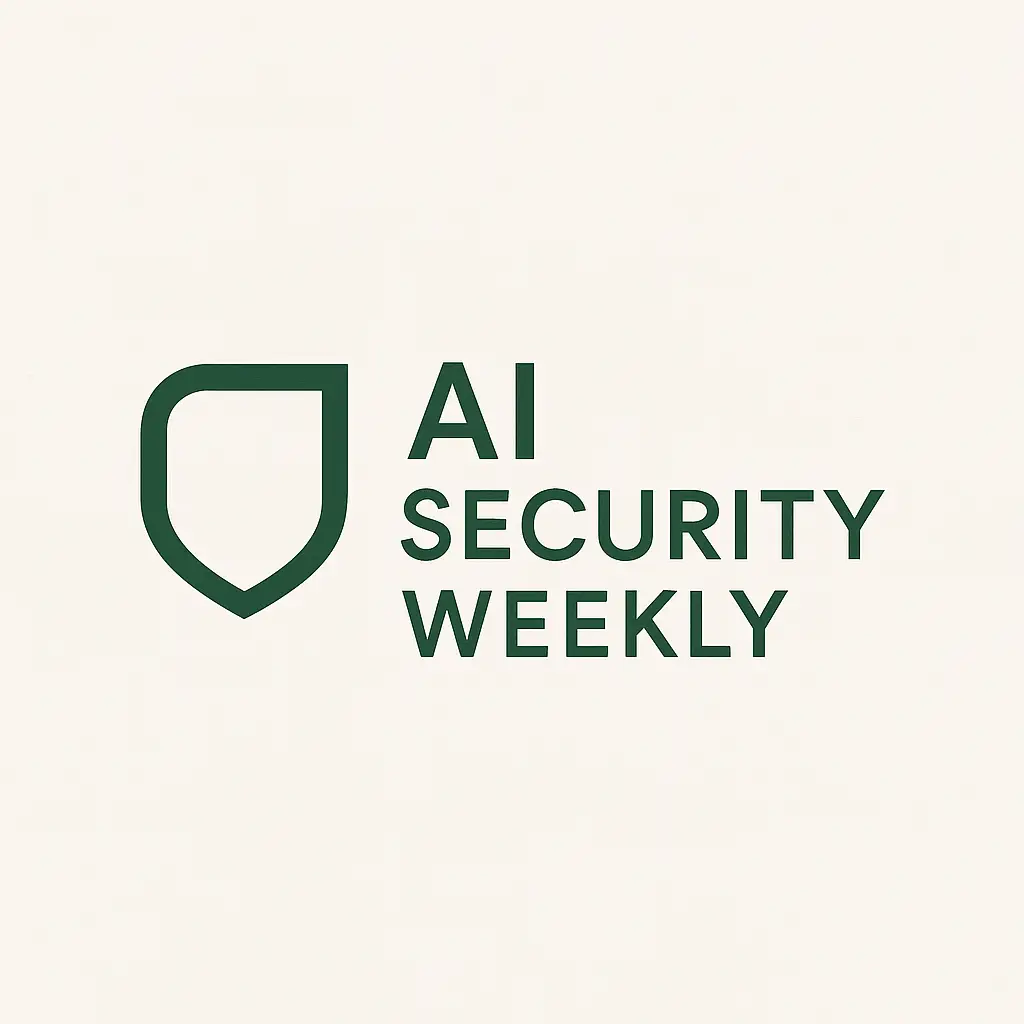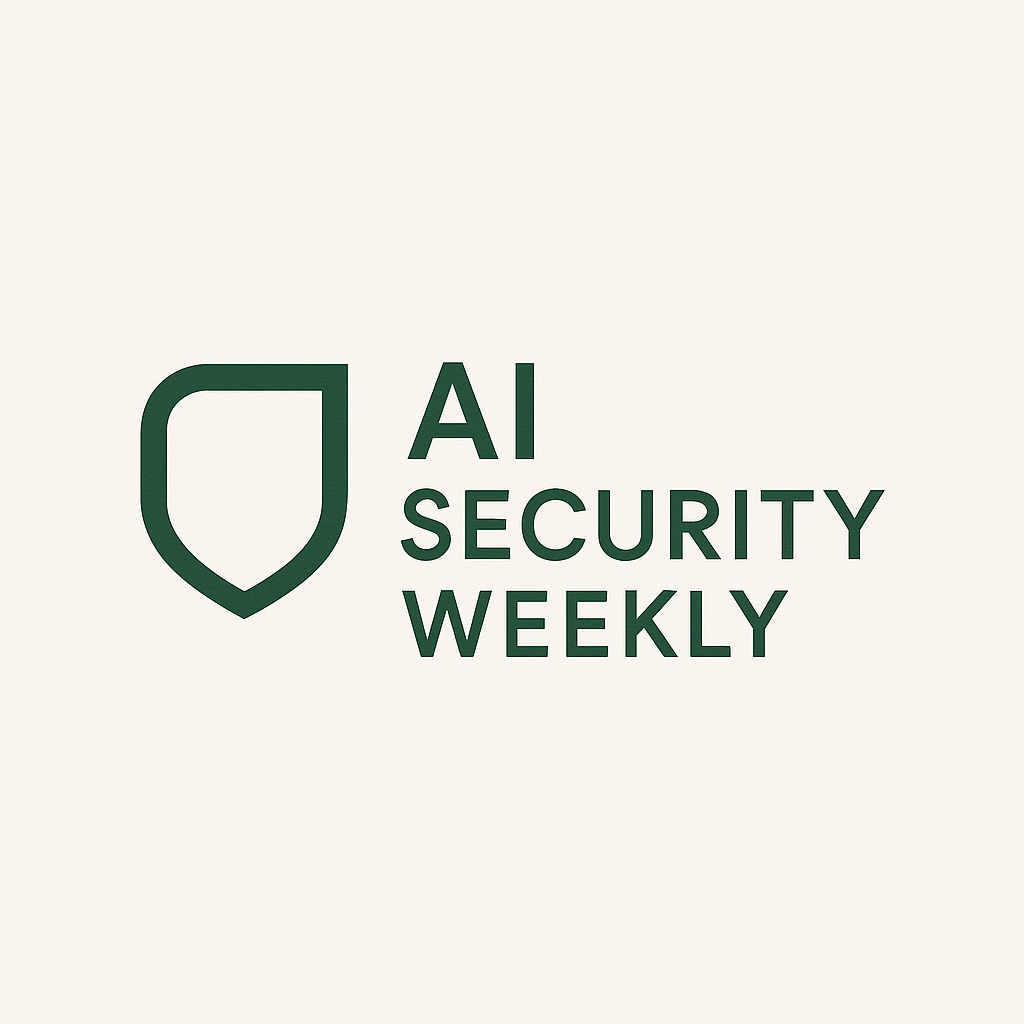SolarWinds (NYSE:SWI) has unveiled its report titled Next-Gen Government IT: AI and Observability Insights, which is grounded in a survey conducted among 200 IT decision-makers across Federal, State, Local, and Education sectors in the U.S. The findings indicate that digital transformation is an ongoing process, with merely 6% of organizations declaring the completion of their transformation journey. In contrast, 41% report significant progress while 42% are at early stages of implementation.
The report identifies major challenges hindering progress including data privacy and security concerns (62%), budget restrictions (57%), and integration complexities (56%). Top security threats are attributed to the general hacking community (59%) and untrained or careless insiders (58%). Notably, over a third of respondents are currently using AI for cybersecurity and IT observability, though 40% express serious apprehensions about the risks linked with AI adoption.
Additionally, the report points out a notable shift in infrastructure preferences, with government cloud solutions achieving a 70% adoption rate. This marks a decline in traditional on-premises deployments, which fell from 91% in 2023 to 58%. Looking forward, hybrid environments are anticipated to remain prevalent, with 48% of those surveyed forecasting them as the future standard.
Positive Insights:
- 33% of respondents are utilizing AI for cybersecurity operations.
- Government cloud infrastructure adoption stands at an impressive 70%.
- 48% predict hybrid environments will become the norm, indicating a clear strategy.
Negative Insights:
- Only 6% of organizations report full completion of their digital transformation.
- 62% are grappling with data privacy and security issues.
- 57% face budgetary constraints impacting progress.
- 73% struggle with the complexity of managing hybrid environments.
- Confidence in managing IT environments has declined compared to the previous year.
As organizations in the public sector navigate the evolving technological landscape, the need for hybrid IT solutions that integrate operations and workloads into the cloud is ever more pressing. However, this transition complicates security and compliance measures, compounded by budget limitations. SolarWinds aims to contribute valuable insights to help government entities foster operational resilience against emerging threats.
Security threats currently pose critical challenges, with vulnerabilities in monitoring systems highlighting the urgent necessity to protect sensitive data from cyber risks. Participants of the survey have recognized the general hacking community as the leading security threat, emphasizing the importance of enhanced security training and effective access control mechanisms.
AI adoption within organizations is on the rise, with significant advantages such as predictive analytics becoming apparent. Yet, caution prevails among participants, with many concerned about the implications of AI, particularly relating to data privacy and compliance risks. A notable 33% of respondents are employing AI for tasks in cybersecurity and IT observability, while others are preparing for future integration.
Looking to the future, the trend towards government cloud adoption is solidifying its position as the preferred infrastructure, with traditional on-premises usage on a steady decline. This year, the government cloud has become the most utilized environment, with 70% of respondents indicating its use, in stark contrast to a mere 58% of organizations employing on-premises solutions.
In summary, the journey towards digital transformation remains fraught with challenges, but also opportunities for organizations willing to adapt and innovate. Data privacy, budget constraints, and integration complexity stand as pivotal barriers, necessitating a concerted effort to enhance the management and security of IT environments in the public sector.




